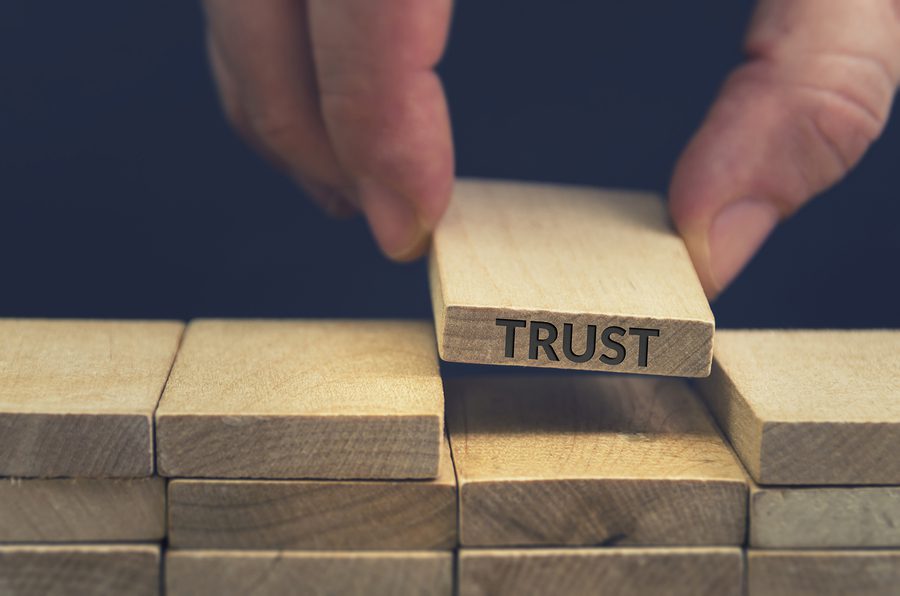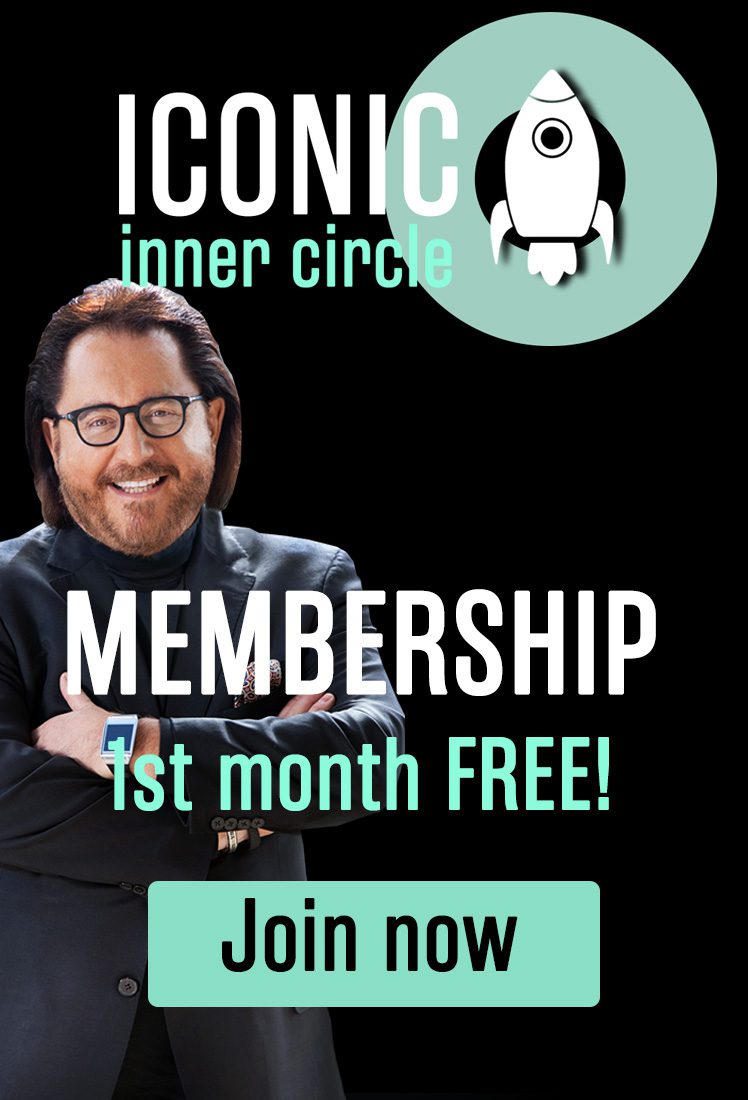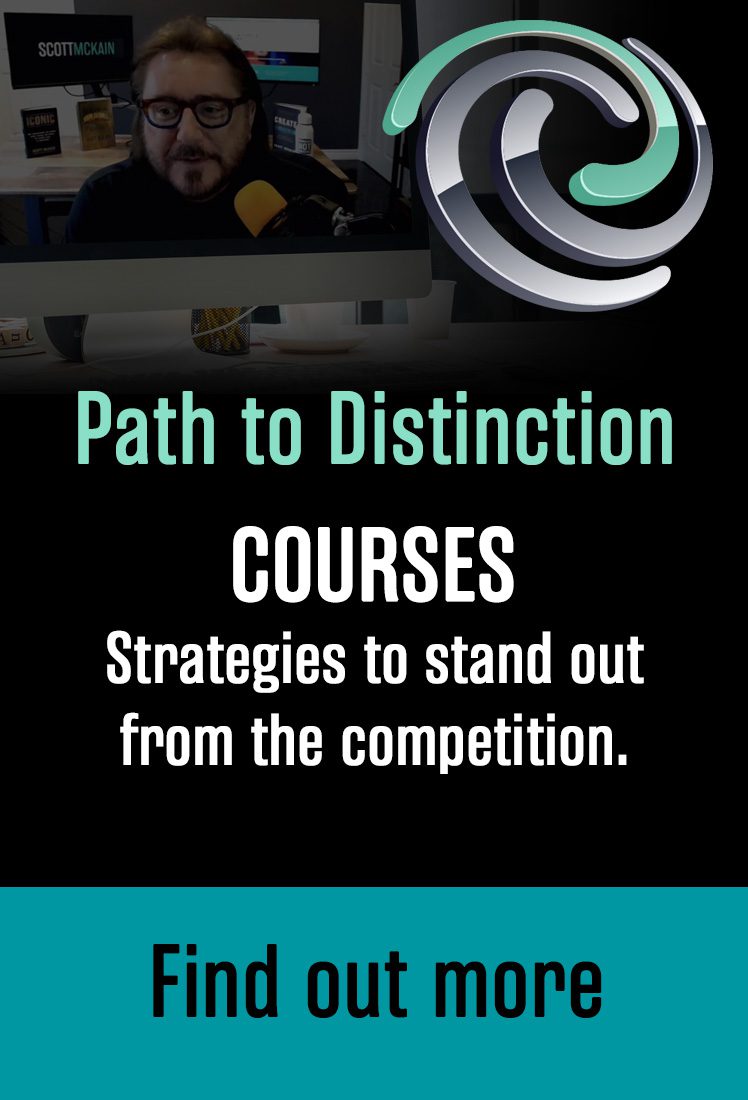An executive with Carreker Corporation, Robert Hall, wrote something in 2002 that has stuck we me all these years:
“Every time a major company creates distrust through its actions with customers, it erodes the level of trust that customers have with all of their providers.”
In other words, he’s suggesting that just as the scars of a difficult previous relationship may taint your ability to create new romantic involvements, when one company damages a relationship with a client, that same customer will then bring baggage into his or her relationship with you.
“When customers perceive they live in a world where the motives of providers cannot be trusted,” Hall continued, “they ardently seek trustful relationships.”
“It’s more than a desire to avoid getting ‘taken’—more than a wish to avoid dealing with sleazy people. In a world where time has become such a premium, distrust is just so inefficient.”
That’s a great line: distrust is just so inefficient.If for no other reason than to enhance the efficiency of your organization, now is the time to develop and execute the strategies that provide your customers with what they really want.
So, what’s our problem? I’ll suggest that part of it is that we seek efficiencies in other areas to such a ridiculous degree, we alienate the very customers we desire.
Supposedly smart companies will develop efficient, cost-effective strategies to improve their customer satisfaction survey scores by a mere 0.3 percent. And, when they achieve that very modest goal, they then presume their customers are “satisfied.”
(As I revealed on a recent episode of my podcast, PROJECT DISTINCT, most of the customers that are no longer doing business with you have told you they were “satisfied” or “very satisfied” on surveys. It means that “satisfaction” is a pitiful standard that does not ensure customer retention!)
But, think about it: neither Tiger Woods, Brooks Koepka, nor Phil Mickelson begins a golf tournament merely hoping to make the cut. They all focus on the ultimate position—first place.
The companies cited most frequently as amazing examples of customer experiences did not begin by targeting tiny, incremental improvements. Their goal was not to triumph by a trivial margin. They wanted to WIN…and win big.
Creating an “Ultimate Customer Experience ®” is not immediately an exercise in efficiency. It’s big, it’s bold, and it’s oftentimes messy.
Ask those “corporate clichés” – like Disney, Starbucks, Apple, Southwest, etc. – if it’s worth it. Or, you can just look at their balance sheets over the past decade.
No matter the size or scope of your business – even if you’re a professional working on your own or an employee of a large company – go BIG.



